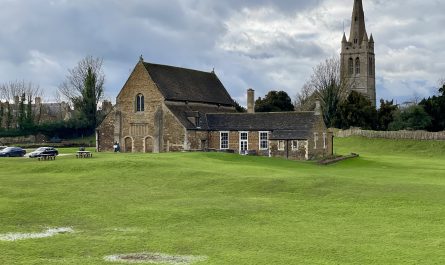A Magnificent 15th century red brick castle – what wealth and power looks like Sleaford Road, Tattershall, Lincolnshire, LN4 4LR. For more details from the National Trust click here. Had a wonderful day in the grounds of the Castle while re-enactment groups entertained us.
Info below from Wikipedia.
Tattershall Castle has its origins in either a stone castle or a fortified manor house, built by Robert de Tattershall in 1231. This was largely rebuilt in brick, and greatly expanded, by Ralph Cromwell, 3rd Baron Cromwell, Treasurer of England, in the 15th century. Tree ring dating indicates that construction was underway between 1406 and 1431.
Brick castles are less common in England than stone or earth and timber constructions; when brick was chosen as a building material it was often for its aesthetic appeal or because it was fashionable. The trend for using bricks was introduced by Flemish weavers. There was plenty of stone available nearby, but Cromwell chose to use brick. About 700,000 bricks were used to build the castle, which has been described as “the finest piece of medieval brick-work in England”.
Of Lord Cromwell’s castle, the 130 ft (40 m) high Great Tower and moat still remain. It is thought that the castle’s three state rooms were once splendidly fitted out and the chambers were heated by immense Gothic fireplaces with decorated chimney pieces and tapestries. It has been said that the castle was an early domestic country mansion masquerading as a fortress. Cromwell died in 1456, and the castle was initially inherited by his niece, Joan Bouchier, but it was confiscated by the Crown after her husband’s demise and remained in royal ownership from king Edward IV to king Henry VIII. Tattershall Castle was recovered in 1560 by Sir Henry Sidney, who sold it to Lord Clinton, later Earl of Lincoln, and it remained with the Earls of Lincoln until 1693. It passed to the Fortesques, but then fell into neglect.
It was put up for sale in 1910. Its greatest treasures, the huge medieval fireplaces, were still intact. When an American bought them they were ripped out and packaged up for shipping. Lord Curzon of Kedleston stepped in at the eleventh hour to buy the castle and was determined to get the fireplaces back. After a nationwide hunt they were found in London and returned. He undertook restorations of the castle between 1911 and 1914. It was gifted to the National Trust, on his death, in 1925 and remains today one of the three most important surviving brick castles of the mid-15th-century in the United Kingdom.
The experience of Tattershall led Lord Curzon to push for heritage protection law in Britain; this was enacted as the Ancient Monuments Consolidation and Amendment Act 1913.






























Collegiate Church of Holy Trinity
Church and castle are all of piece, along with the remains of what was once the college; a trio of buildings that were the brainchild of Ralph (Lord) Cromwell, who was Chancellor to Henry VI. He died before the church was completed, so the rest of the work was supervised by the Bishop of Winchester.
The church is very large, and all in the Perpendicular style, and so flooded with light from enormous windows. The original conception for the church was that all the windows should be filled with brightly coloured stained glass, and so they were until the 18th century, when a vicar suggested that the stained glass be removed and replaced with clear. By 1754 all the stained glass was gone. At this point there was a misunderstanding or dispute over how much the new, clear glass would cost, with the result that the chancel windows were left with no glass and other windows were bricked up. Today, some of the original stained glass can still be seen in the east window.
Local legend tells of Tom, a native of Tattershall, who was reputedly just over 18 inches tall and lived to the age of 101 when he passed away in 1620. However, beyond these meagre statistics it becomes almost impossible to unpick fact from fiction and discover more about the man buried beneath this plaque.



